
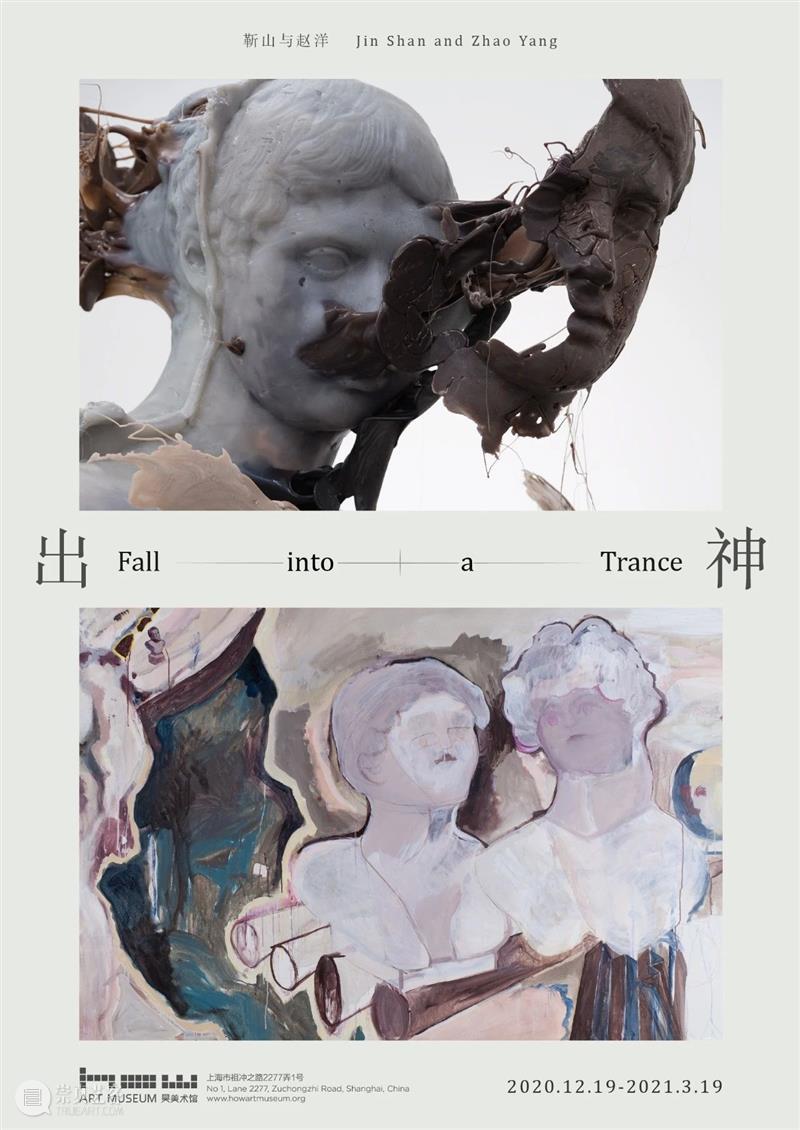
Duration:2020/12/19-2021/03/19
Artists:Jin Shan, Zhao Yang
Curator:MA Jue
Venue:3F, HOW Art Museum, No 1, Lane 2277, Zuchongzhi Road, Shanghai
Organizer: HOW Art Museum
At the moment it seems there’s nothing better to do than “falling into a trance”.
“Speed is a form of ecstasy.” In Slowness, a motorcyclist who is eager to overtake “is caught in a fragment of time cut off from both the past and the future; he is wrenched from the continuity of time; he is ousted time; in other words, he is in a state of ecstasy…”[1]
In the state of “trance” (or “ecstasy”[2]), man gains access to experiencing two different states of consciousness at the same time: the absorption in the oblivion of self-existence and the “dissociation” [3] of escaping from the now and here. The seemingly ambiguity bestows “trance” the freedom to wander between “in” and “out”, a privilege to get around and even resist linear time.
To Jin Shan and Zhao Yang, the turbulent 2020 marked a timing for them to “fall into a trance”. Jin Shan moved his studio to a place closer to downtown Shanghai in the end of summer. And Zhao Yang made an even longer-distance move after the Spring Festival – he moved from Beijing back to Hangzhou, the place he left over a decade ago.
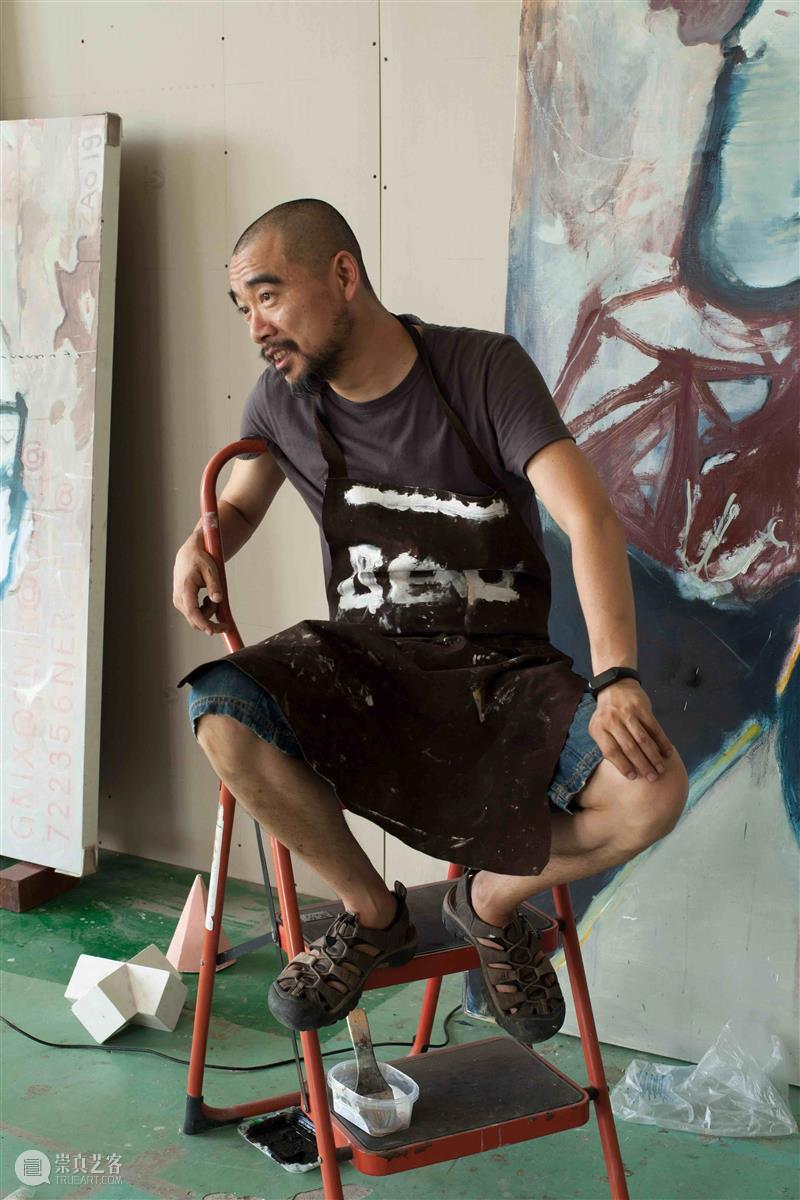
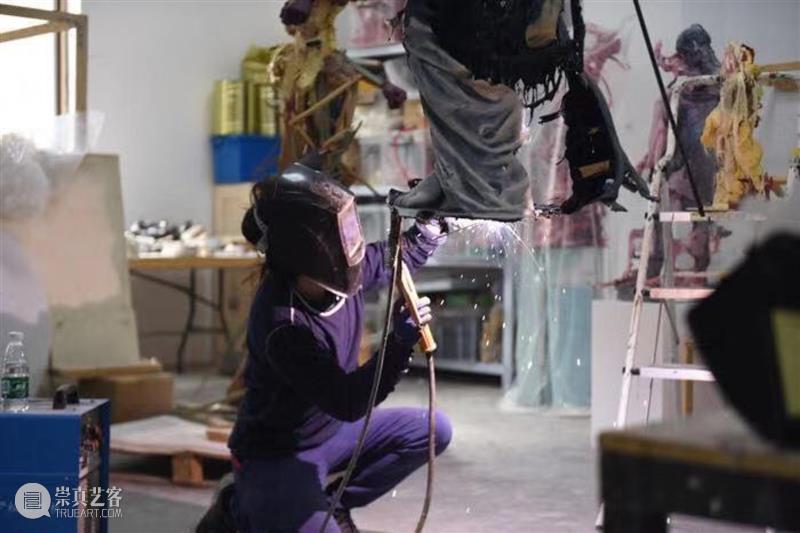
Top:Zhao Yang in his studio
Courtesy of the artist
Bottom: Jin Shan in his studio
Courtesy of the artist
The images of bodies imbued Jin Shan’s sculpture with all the possibilities. Bodies that had been distorted, crushed, exploded and penetrated were frozen in the instant of a “trance”, demonstrating eternal potential momentum and growing in an understatedly intricate scenario. The emergence of “body” as an element in Jin Shan’s art could be traced back to Desperate Pee (2007), a life-size silicone sculpture presented at a group exhibition of the 52nd Venice Biennale, and remained a key element in his artistic practice ever since. During the process, he gradually drifted away from using human figures like himself as a model to allude to sensitive social issues (i.e.:It Came from the Sky!, 2011). Instead, he started to resort to the almost perfect figures of the classical sculptures from ancient Greece to probe into the general conditions faced by human beings. Choosing the highly flexible industrial plastics as a major material, Jin Shan managed to bring the fluidity and flexibility of the material into life in his artworks. The plastics poured into the moulds were sometimes mixed with other materials (i.e. metal, stone and wood) and shaped in whatever manner the artist preferred before it cooled down and stiffened. The process of reshaping embodied both the artist’s spontaneous reactions to his perceptions of the materials and his intentional retention of the traces of imperfection left by the stretching of the plastics.
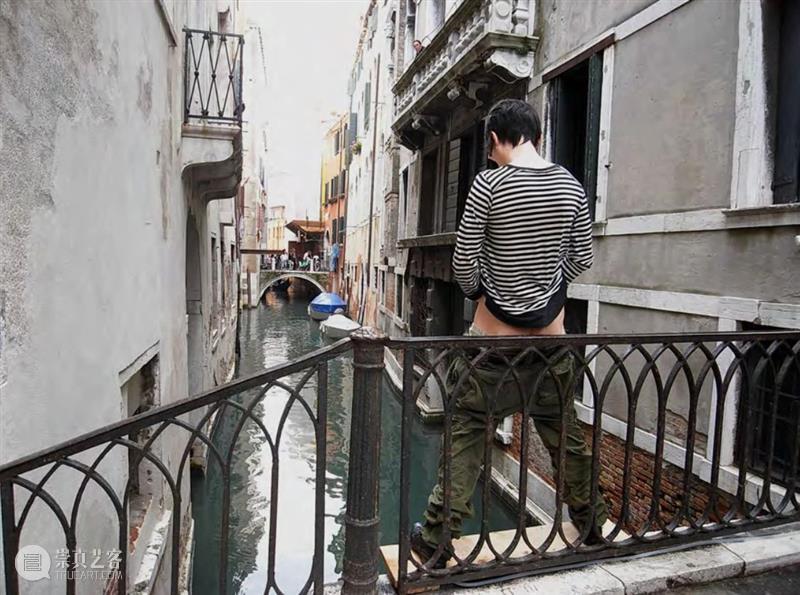
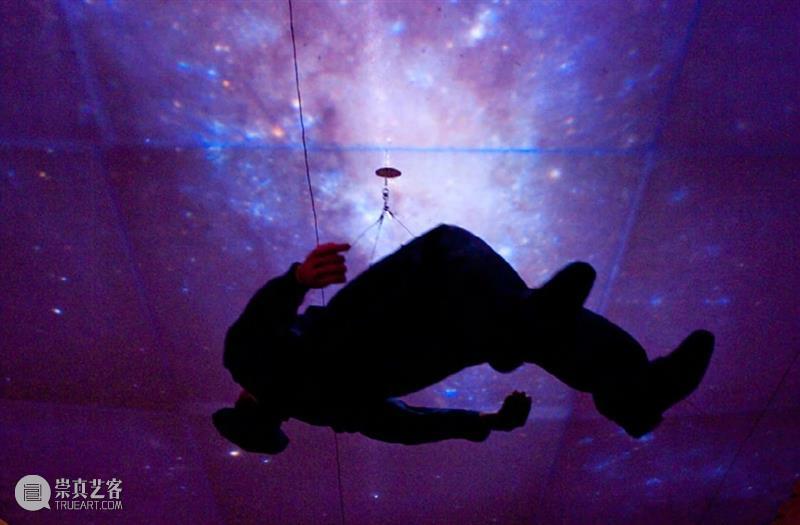
Bottom: Jin Shan
Scatter(2020), a recent work by Jin Shan, was a re-creation based on the Roman copy of Polykleitos’ Doryphoros (Spear-Bearer). The body with a broken-off arm was represented in a simplified version by the artist – a body that fell apart as if it was torn in between the two conflicting forces of constraining and liberating. The broken contour appeared distorted and tilted, clawing back the torso and head of the statue that were about to slip away. Compared with Nowhere (2015), a previous work of his based on the same original, the sense of struggling emitted from the new work became even stronger and more distinct. Delicate and yet fierce, rough and yet fragile described the intuitive feelings audience would gain from the grotesque objects that were about to be either born or destroyed in the creation of Jin Shan.
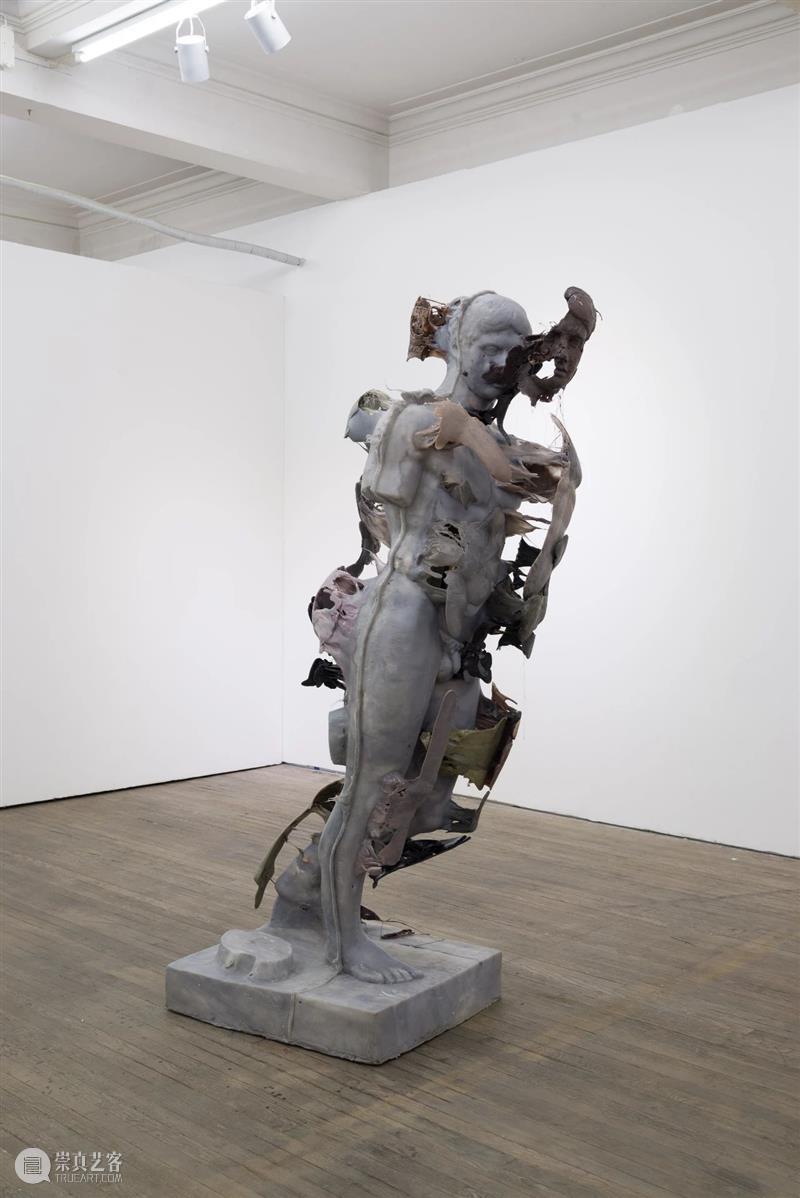
Jin Shan
Nowhere, 2015
Plastic, Steel
215 x 70 x 83 cm
Courtesy of the artist and Bank Gallery
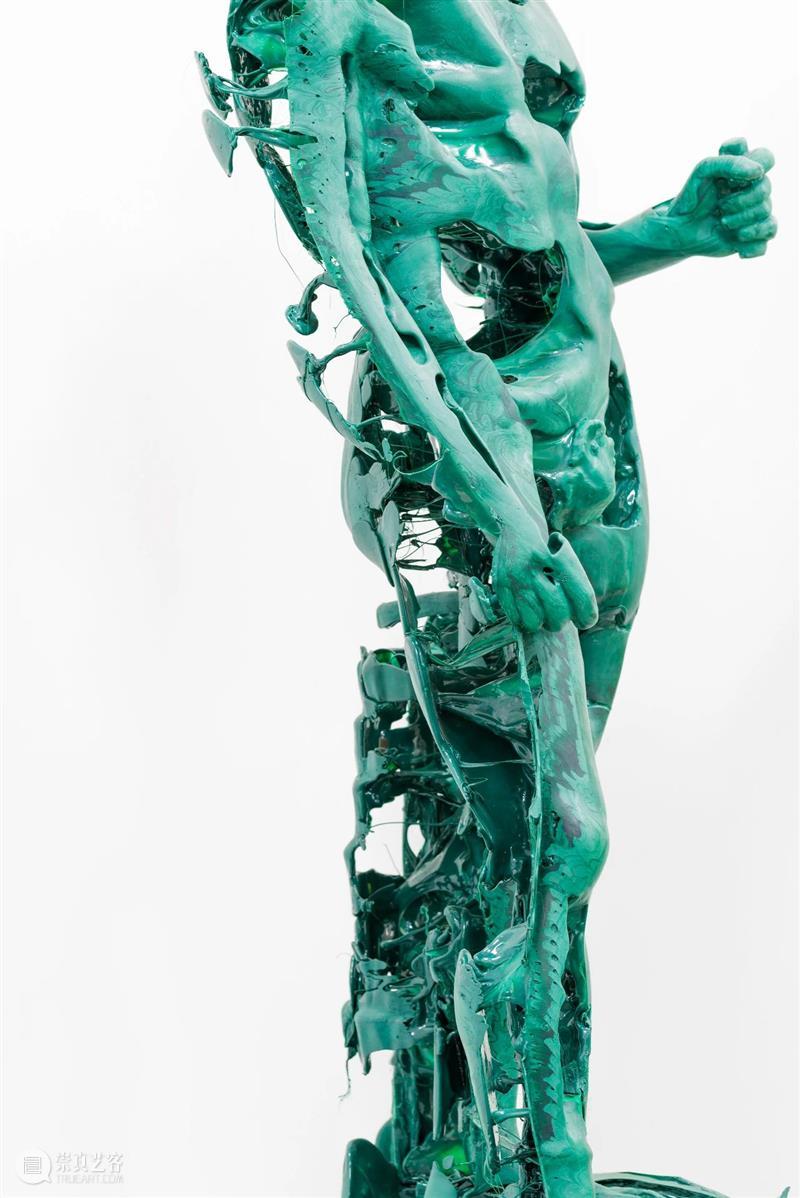
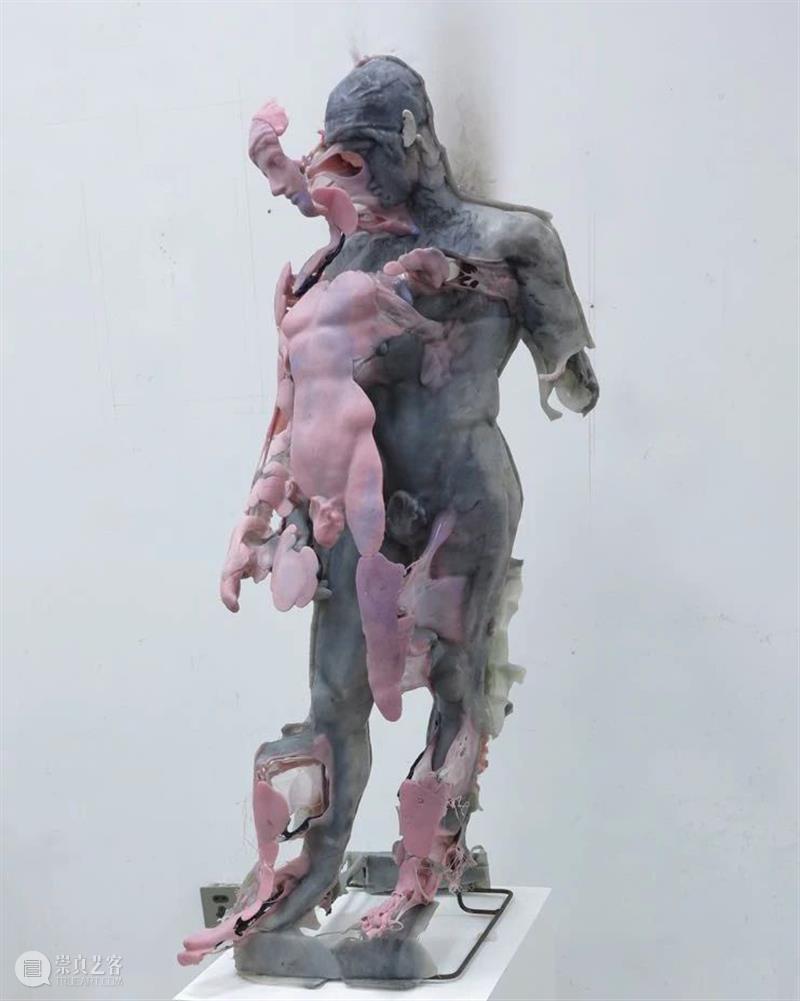
Left: Jin Shan
Inverted (Detail), 2015
Plastic, Marble
109 x 36 x 44 cm
Courtesy of Andrew Ruff and Lingling Zou
Right: Jin Shan
Untitled, 2018
Wire, Steel wire, Plastic
111.5 x 40 x 52.5 cm
Courtesy of Mr. Wang Hua
Compared with the sharp and outwardly torn-apart world in Jin Shan’s work, images presented by Zhao Yang show a sense of inward collapse. As a trained painter, Zhao Yang’s practice on canvas tends to conceal ingenuity beneath the seemingly plainness and reveal a sense of loop from “nothingness” to “somethingness” and then back to “nothingness”.[4] During the process of painting, Zhao Yang attempted to conceal, shied and even destroy the narratives constructed in the drafts, creating a sense of paradox wandering between reality and dream. The beauty of Zhao Yang’s work lied in the deviations and difference between the actual work and the initial ideas. Lines and traces sliding on the canvas were constantly wiped and smeared by the artist, imbuing ambiguity and vagueness into the previously recognizable objects and familiar scenarios and making them further integrated during the constant re-painting. Thanks to that the imagery that was once confined to classical visual ideographical system gradually ground its way out of the figural system, entering a state described by Zhao Yang as “a lonely babbler or semi-lingual talker”, which in essence was a state of “trance” that could hardly be confined or captured. The journey to clear away the mist and search for the destination within artwork extended along with the flow of babbling.
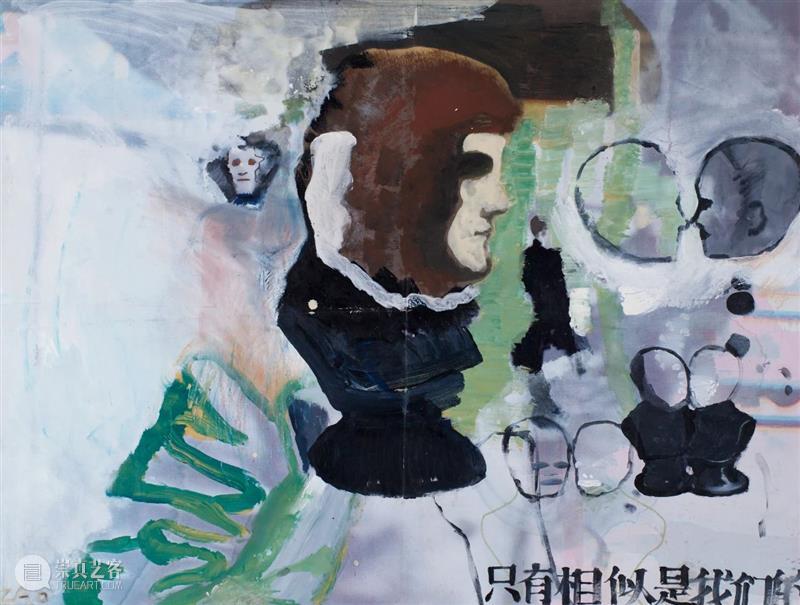
Zhao Yang
Only Similarity Is Ours, 2009-2013
Oil on Printed Canvas
91 x 121 cm
Courtesy of the artist and ShanghART Gallery
Sometimes it takes Zhao Yang a couple of years to complete a piece of work. Only Similarity Is Ours (2009-2013), an oil on printed canvas, was one of those works and was intricately related with the decision for Zhao Yang to become a professional artist. In 2010, after fifteen years working as an editor in Hangzhou, he quitted. It was more an urge to embrace the rough reality, potential hindrance and the capital city of the country than a merely premeditated getaway. The daily confrontation with difficulties was embodied in his artistic practice. While working on Only Similarity Is Ours, Zhao Yang ingeniously chose to print the image onto the canvas in advance. It could become a kind of obstruction, in a sense. And the process of using acrylic to cover and re-paint was like “to come round the stumbling block and open up a strange space”.[5] The somewhat chaotic world of images was a way for the artist to connect with the outside world, and he invited the audience to enter into his spiritual world to share the amazement and turmoil he felt. The plaster heads (of human figures and animals) scattered in the work appeared in pair with facial profiles, demonstrating a kind of “hybrid” – the image of monsters in the artist’s mind as a result of the inspirations gained from mythologies and fables both from the east and the west. In 2013, Zhao Yang wrote down “only similarity is ours” at the bottom right corner of the painting as a mark for the completion of the work.
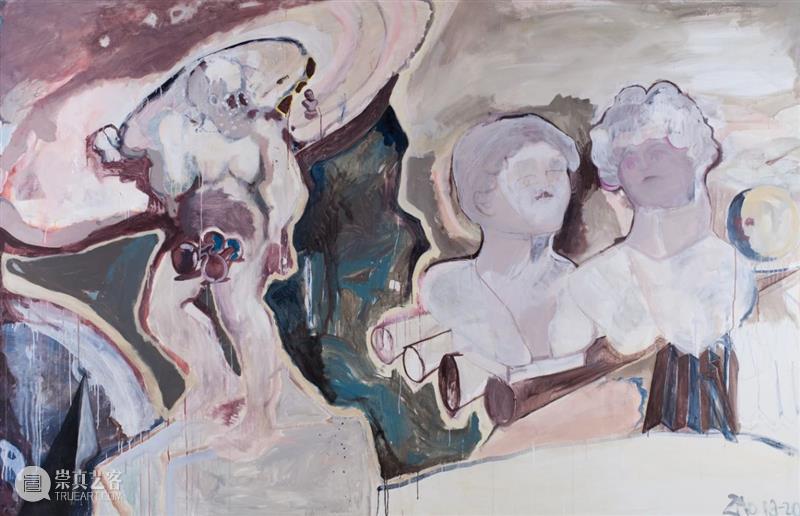
Zhao Yang
Cepheus, 2019-2020
Acrylic on Canvas
198 x 305 cm
Courtesy of the artist and ShanghART Gallery
His latest work Cepheus (2019-2020) derived from Only Similarity Is Ours. Behind the bodies trapped in nebula, the head statue in pairs and the geometrical figures, time and space were folded and collaged within the immense universe. In the past two years, Zhao Yang was highly interested in the topics of hidden stars. And in the meantime, the sense of desolation still hovered as the background of his work. Since the emergence of factory-like architectures in his work in 2008, desolate “ruins” constantly appeared in Zhao Yang’s art in a solemn and yet flexible manner. The utopia of industrial civilization (Ubiquitous, 2009), the natural wasteland in the forest of memory (Hunting Series, 2014-) and the overwhelming infinity hovering on top of human beings (Star Image Series, 2019- ) were all examples of that. Zhao Yang’s art had been disengaged from the hustle and bustle of the outside world. Pure velocity was no longer visible, replaced by temporary stagnation and disoriented wandering; in other words, a state of leisurely “trance”.
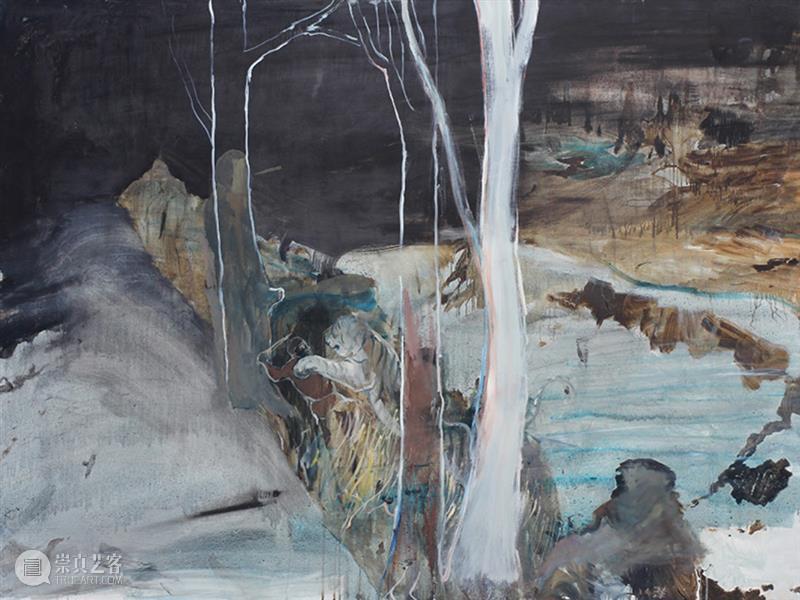
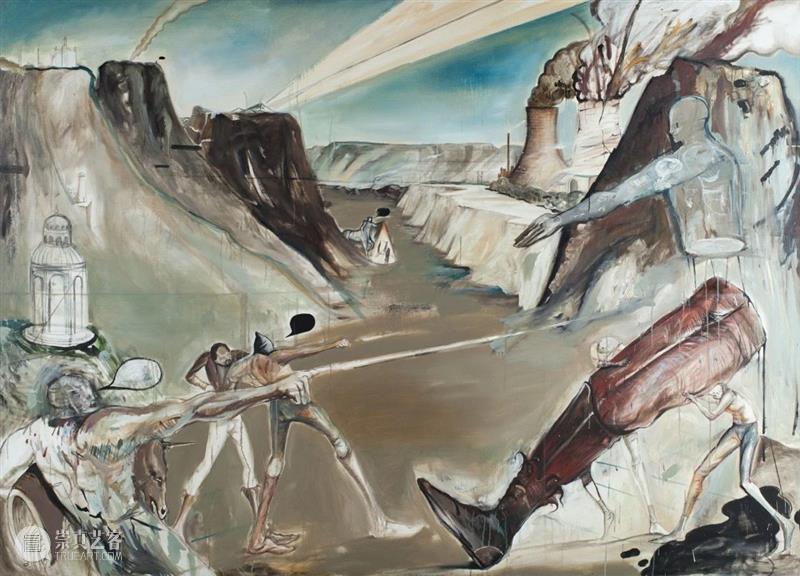
Zhao Yang
Tiger Hunter, 2014
Oil on Canvas
150 x 200 cm
Courtesy of the artist and ShanghART Gallery
Zhao Yang
Ubiquitous, 2009
Oil on Canvas
180 x 250 cm
Courtesy of the artist and ShanghART Gallery
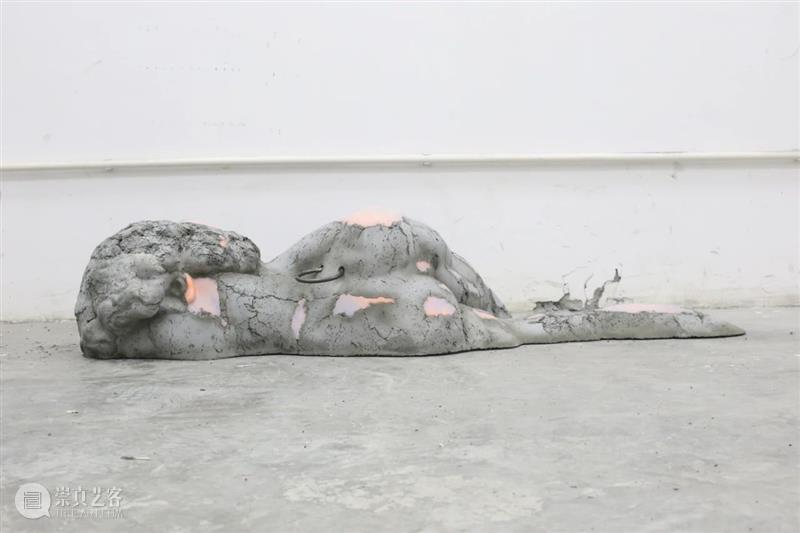
Anthropoid (2020), Striker (2020) and UFO (2020), three pieces that consisted a painting triptych of Zhao Yang, were interconnected like montage in the movie and in the meantime went on with their own paths. In the name of Volcano (2019) by Jin Shan, the lit candle on the purplish black palm shed light till the very end of its life, leaving imprints on the raised knuckles and the torso that was confined by chains and sinking in Island (2020)...
Oil & Acrylic on Canvas
84 x 104 cm (equally sized)
Courtesy of the artist and ShanghART Gallery
The smoke left by the candlelight that died out, like a long pause in Zhao Yang’s conversation, gives a moment for a breath. It is also like the glow of the setting sun reflected through the windows of Jin Shan’s studio.
Fall into a trance, for once.
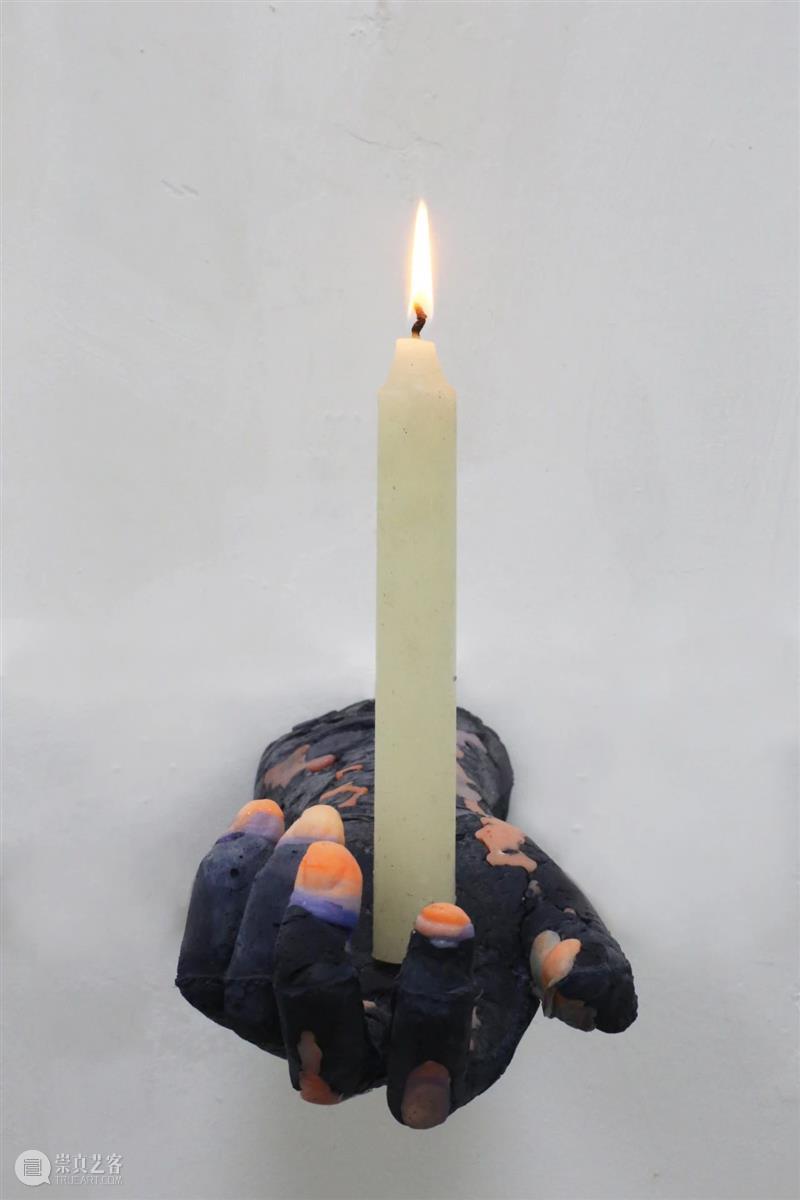
Jin Shan
Volcano, 2019
Concrete, Plastic, Candle
10 x 14 x 35 cm
Courtesy of the artist and Nathaniel Gunawan
About the Artists
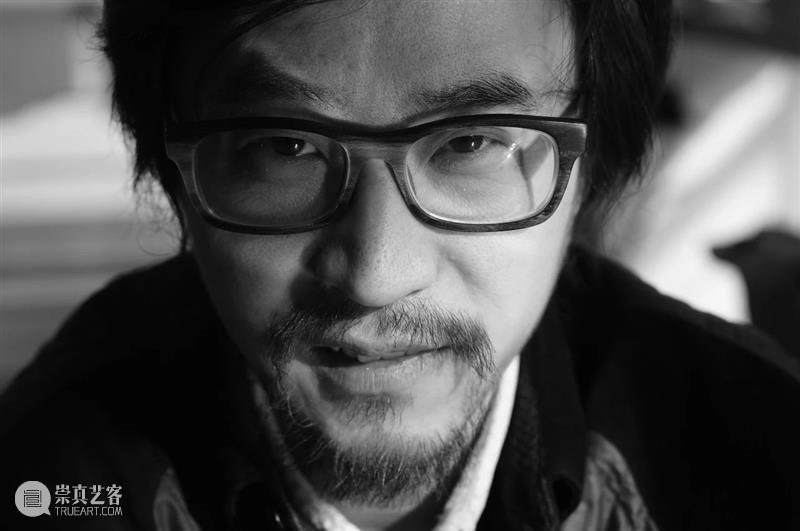
Jin Shan was born in 1977 in Jiangsu Province, China. He graduated from the department of the College of Fine Arts of East China Normal University in 2000 and currently lives and works in Shanghai.
A leading voice in an emerging generation of socially engaged contemporary artists in China, Jin Shan is an agent provocateur. Preferring wit and satire to aggression and conflict, his work uses humor and play to draw audiences into a confrontation with the social, cultural and political problems of the day. While specifically describing aspects of contemporary China, his investigation of human motivation extends beyond national boundaries to the seemingly insatiable desire for power programmed into humanity’s DNA.
Jin Shan’s works have been exhibited at the Singapore Biennale, the Venice Biennale, the Groninger Museum, David Winton Bell Gallery, Brown University, Los Angeles County Museum of Art, etc. His works also have been collected by M+ Museum, Hong Kong, China; White Rabbit Gallery, Sydney, Australia; the Kadist Foundation, Paris, France; the DSL Collection, Paris, France; Uli Sigg, Switzerland; Tiroche DeLeon Collection; the Spencer Museum of Art, Lawrence, Kansas, USA, and Los Angeles County Museum of Art, LA, USA.
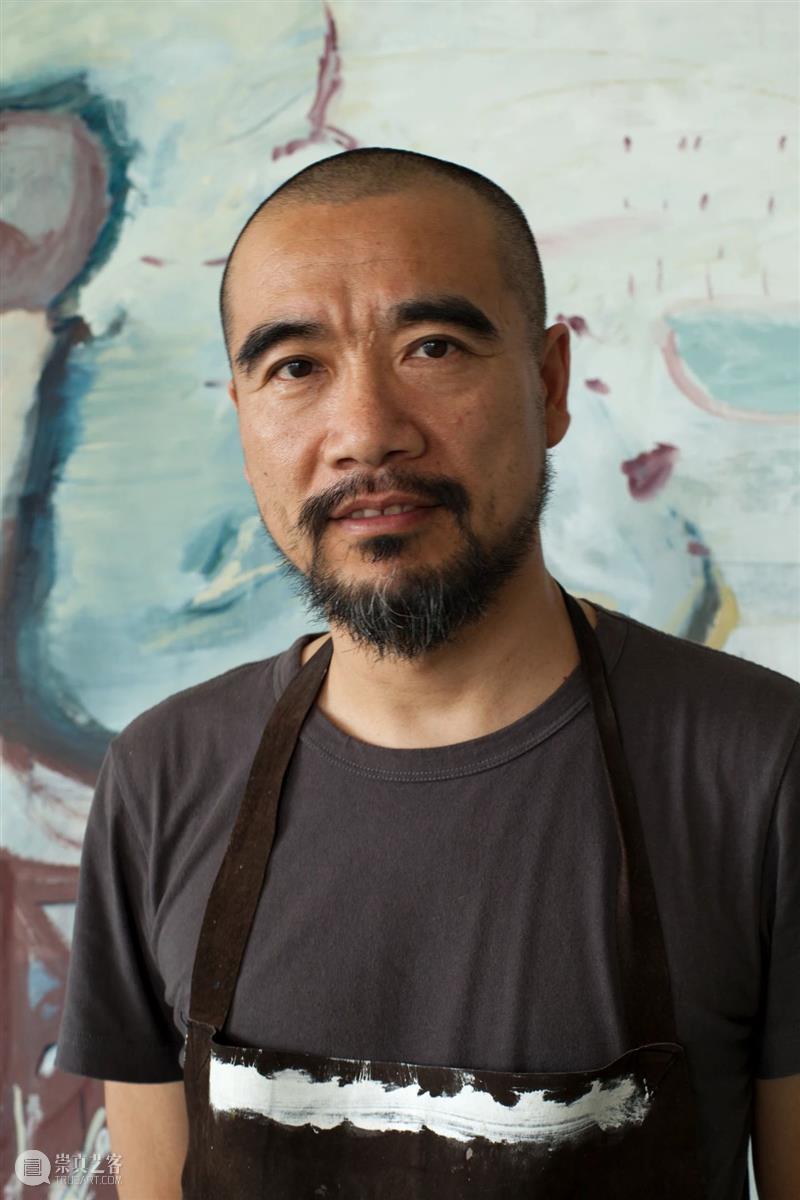
赵洋|Zhao Yang
Zhao Yang was born in 1970 in Siping, Jilin Province, China. He graduated from the China Academy of Art in 1995 and currently lives and works in Hangzhou.
Zhao Yang’s paintings wander among reality, Eastern and Western fairy tales, as well as fables, transform them into metaphors and symbols, and finally present the hybrid images to the audience. Figures in Zhao Yang’s paintings are always strange, even hilarious. They stand like monuments on the paintings, transmitting nihilism and romanticism. The diversity and identity of painting are controlled within a region of conflict and anxiety by the artist.
Major exhibitions include: Zhao Yang: Roma Is a Lake, ShanghART Beijing (2019); New Art History: 2000-2018 Chinese Contemporary Art, MOCA Yinchuan, Yinchuan (2019); Zhao Yang: ALAYA, chi K11 Art Museum, Shanghai (2018); Zhao Yang: In Between, Kuandu Museum of Fine Arts, TNUA, Taipei (2016); ‘Zao’ by ZHAO Yang, ShanghART Shanghai (2016); China 8, Contemporary Art from China at the Rhine and Ruhr, Lehmbruck Museum, Duisburg, Germany (2015); Une histoire: art, architecture, design des années 1980 à nos jours, Collections contemporaines, Centre Pompidou, Paris, France (2015) etc. Works by the artist are held in major international museum collections, including Centre Pompidou, chi K11 Art Museum and TANK Shanghai.
About the Curator
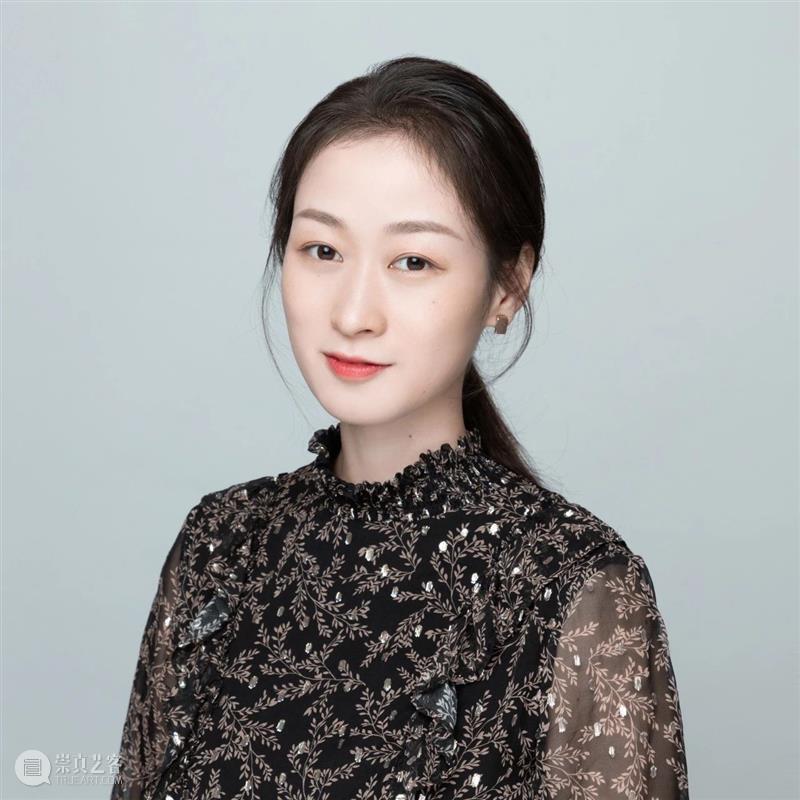
马珏 | MA Jue
*Courtesy of the artists
Text/马珏 Ma Jue
Poster/张琪 Helen
Translate/邬晨云 Wu Chenyun
Edit/Murphy
HOW ART MUSEUM (SHANGHAI)
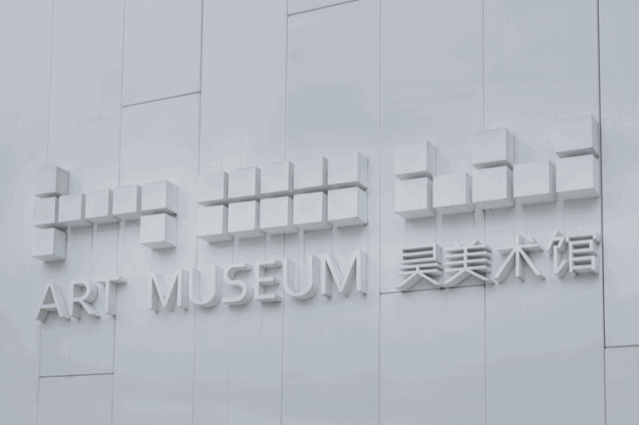
HOW Art Museum (Shanghai), as a brand-new cultural institution which boasts multiple functions including contemporary art collection, exhibition, research and education located in Pudong New District of Shanghai, opened to public in September, 2017. HOW Art Museum pioneers to create a new model of operating a “Night Art Museum” for the convenience of the public, opening from 1 to 10pm regularly, and 10am to 10pm on the weekends and holidays. During this special period, opening time is from 11am to 6pm (Tuesday to Sunday). Meanwhile, HOW Art Museum also carries out international exchange programs and outdoor public activities, such as the International Curatorial Residency Program, Outdoor Film Festival and Sculpture Park to establish a brand-new art complex and cultural landmark in Shanghai.
HOW ART MUSEUM (WENZHOU)
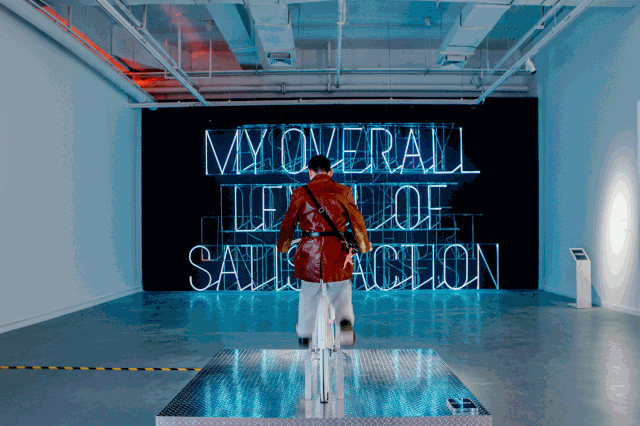


📌暗号:进群
Current Exhibition
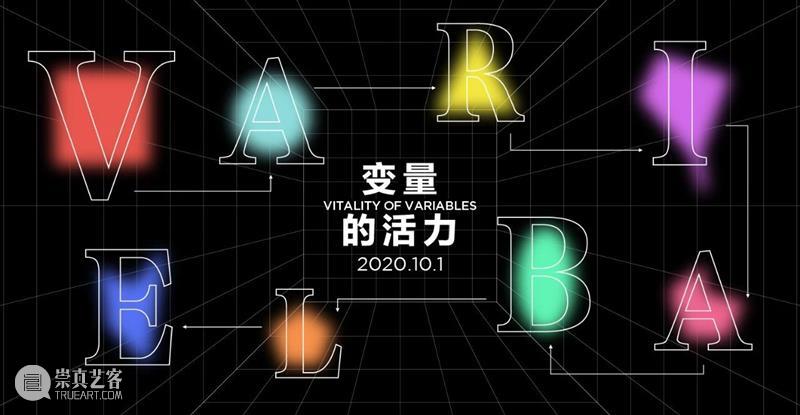
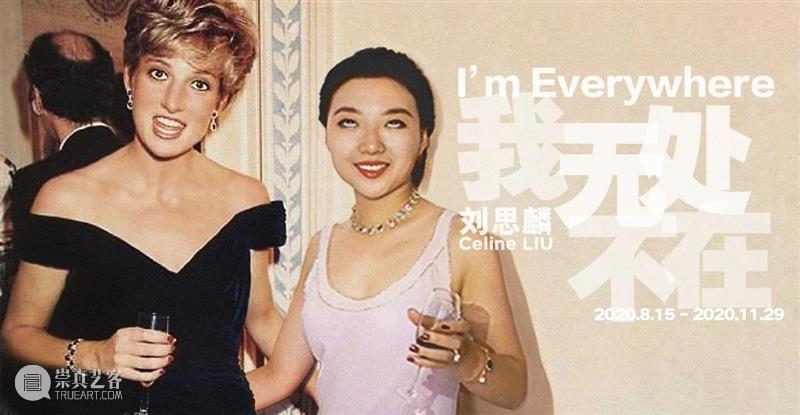
Upcoming Exhibition
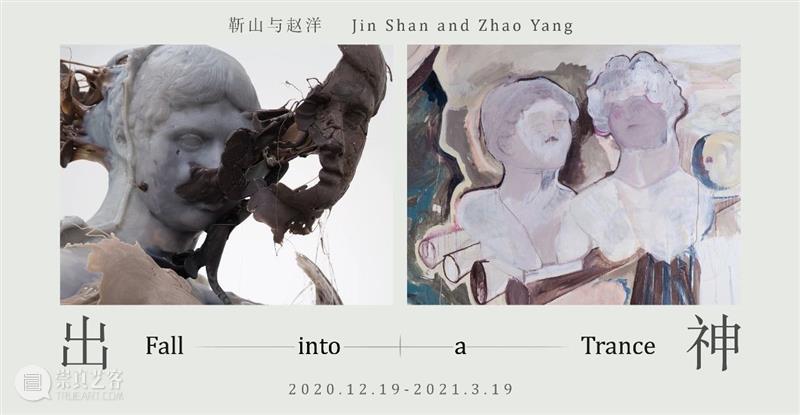
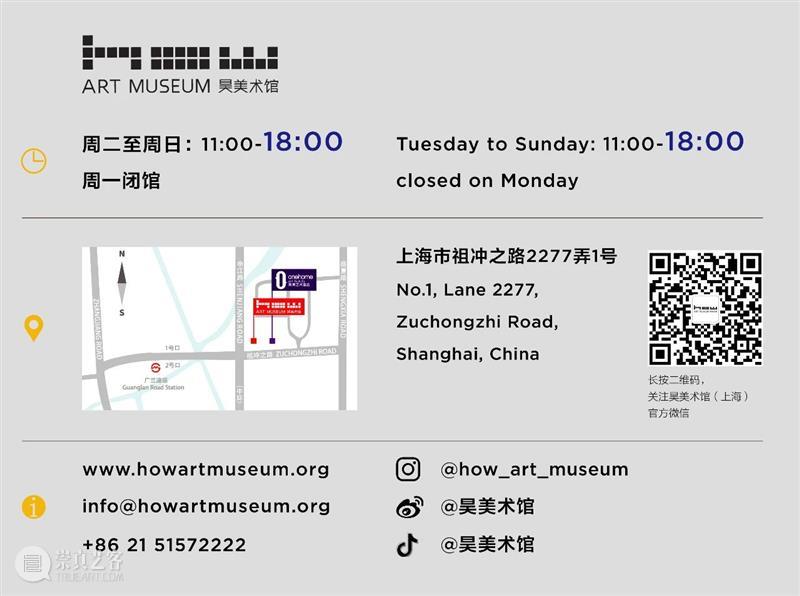


已展示全部
更多功能等你开启...
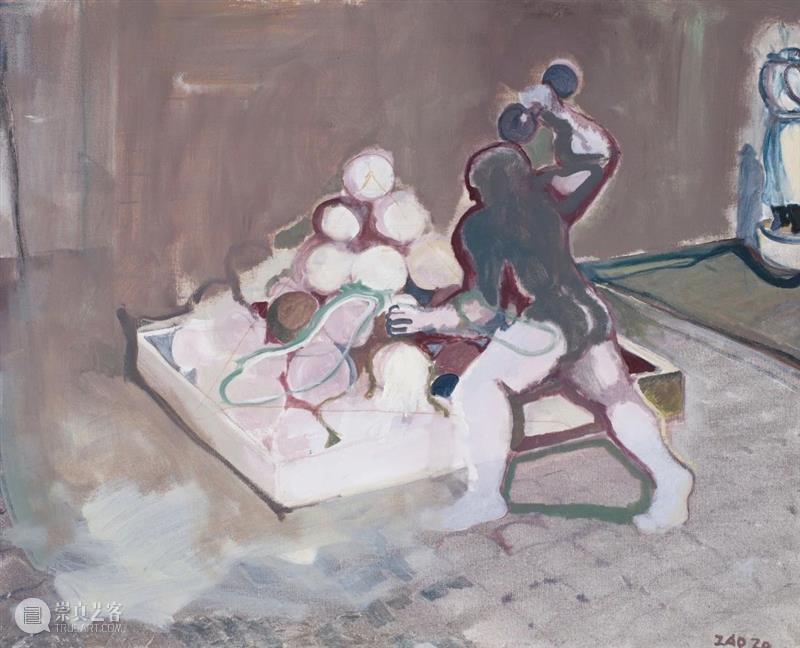
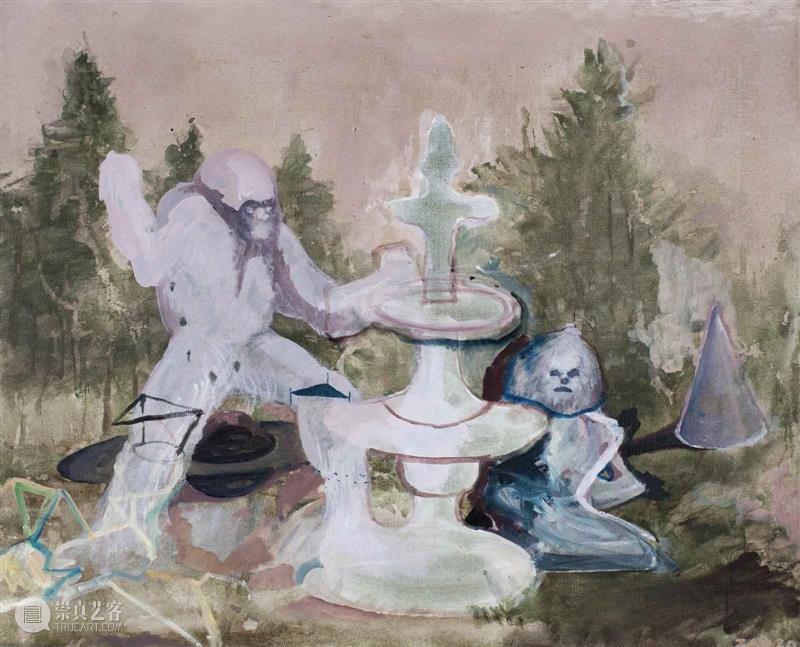
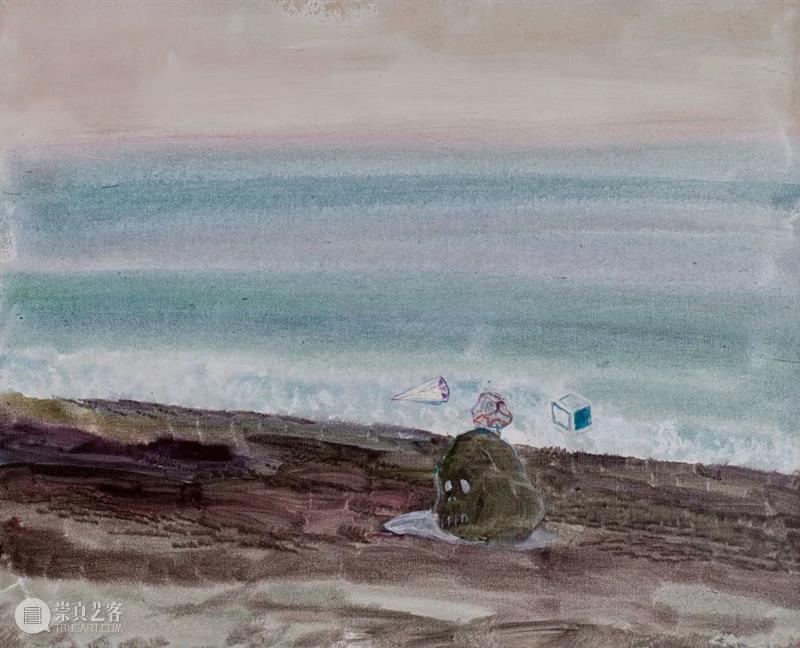
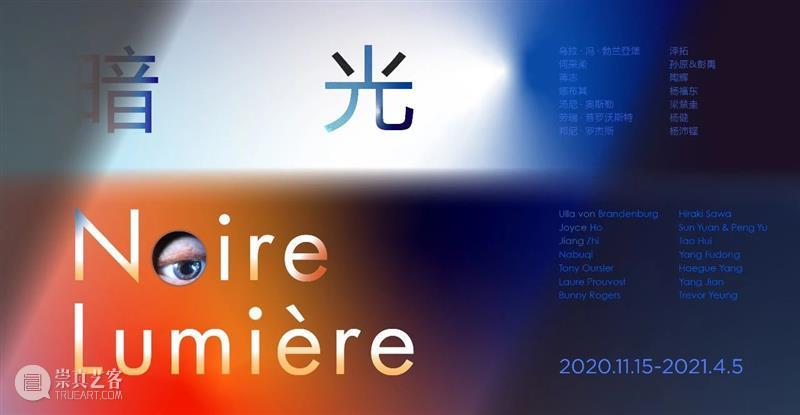
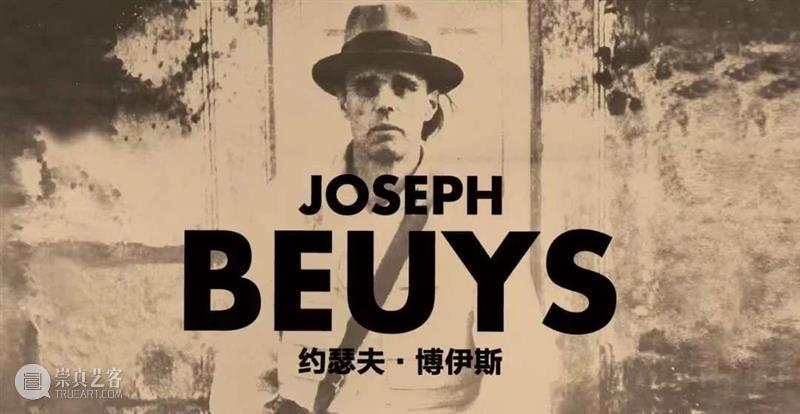
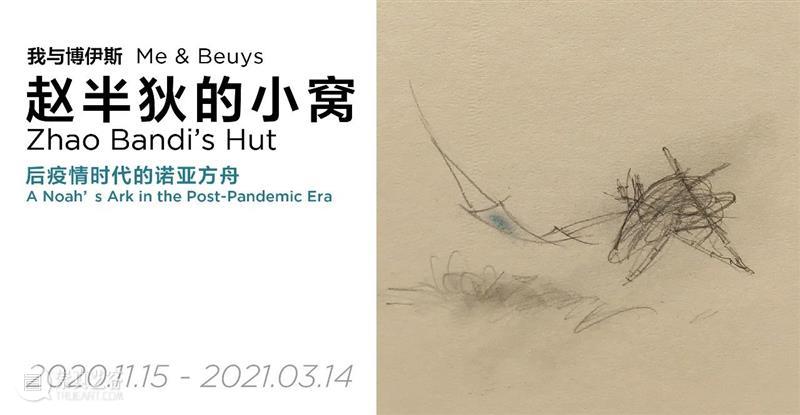
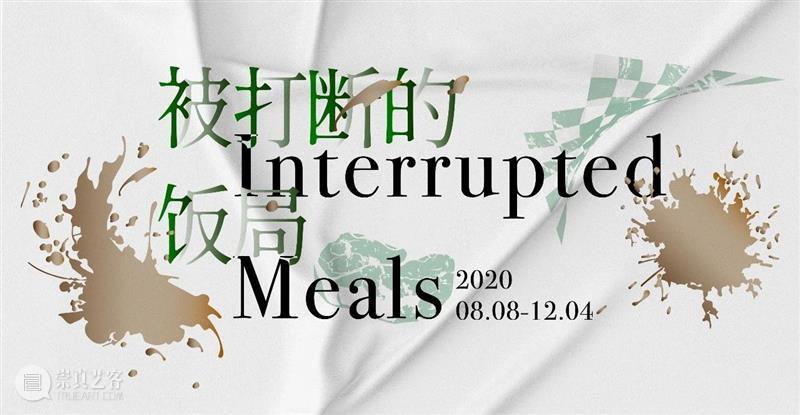





 分享
分享